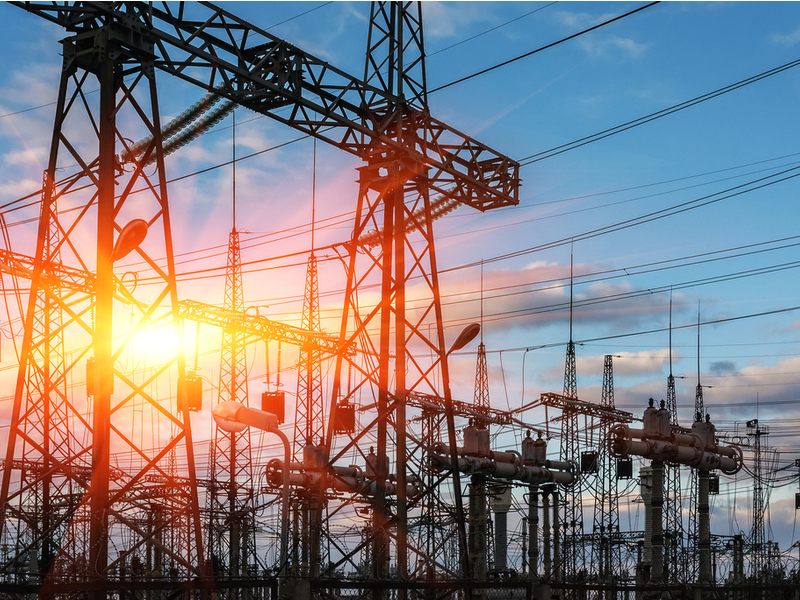The structural weaknesses that the government failed to address during the historic slowdown of recent years are coming back to haunt Pakistan’s economy just as economic activities start to recover.
Imports, including those of unnecessary luxury items, have surged, the Pak rupee is bleeding value, and the energy sector circular debt is ballooning as aggressively as ever.
Irrespective of their political affiliation or economic school of thought, all experts worthy of note agree that the economic challenges Pakistan faced three years ago are re-emerging, although they may have differing views on the scale and scope of the challenges.
The sudden jump in imports in the last two-three months has worried almost everybody, irrespective of any political divide. For reference: imports in the first two months of the current fiscal have increased by a massive 74 percent to USD 6 billion – widely outpacing 28 percent growth in exports to USD 3.58 billion.
The greater cause of concern is that food, automobile, and petroleum imports are growing much faster (at 85 to 235 percent) than machinery and metal groups (at 52 to 83 percent).
Even finance minister Shaukat Tarin and Governor State Bank of Pakistan concede that the economy is heating up and they have to take immediate steps to stem overheating that could have long lasting ramifications.
In one of his recent pressers, Mr Tarin announced steps – regulatory duties and 100 percent cash margins – to curb imports. “My concern is that the economy should not overheat to a level that creates problems for the exchange rate and balance of payment”, the minister said.
The government has therefore decided to impose regulatory duties and 100 percent cash payments for opening of letters of credits for non-essential luxury imports. But subsequent measures announced by SBP showed the axe falling on luxury car imports and their financing facilities.
The finance minister said these corrective measures were important to cool down the heating economy. Some quarters were suggesting the GDP was heading beyond 5 percent growth and we want to control it, we don’t want to jump to 6-7 percent growth quickly as that could be problematic and unsustainable.
He believes the pressures on the exchange rate developed owing to higher imports, dollar outflows to Afghanistan, and negative perceptions that speculators and importers also exploited.
But the stage had already been set by the SBP in its latest Monetary Policy Statement which said “the pace of the economic recovery had exceeded expectations” and that recovery in domestic demand coupled with higher international commodity prices were leading to a strong pick-up in imports and a rise in the current account deficit.
The central bank believes that at this more mature stage of the recovery, a greater emphasis is needed on ensuring the appropriate policy mix to protect the longevity of growth, to keep inflation expectations anchored, and to slow the growth in the current account deficit.
There was some blame sharing as well. “Over the last few months the burden of adjusting to the rising current account deficit had fallen primarily on the exchange rate and it was appropriate for other adjustment tools, including interest rates, to also play their due role” even though it noted that the stance of monetary policy was still appropriately supportive of growth, with real interest rates remaining negative on a forward-looking basis.
The SBP promised monetary policy to remain accommodative in the near term, with possible further gradual tapering of stimulus to achieve mildly positive real interest rates over time along with fiscal policy adjustments.
The SBP also forecast growth in FY22 toward the upper end of the forecast range of 4-5 percent, notwithstanding some greater uncertainty with respect to spill over from the evolving situation in Afghanistan.
The Asian Development Bank (ADB) in the latest edition of its flagship regional economic update forecast Pakistan’s economic growth rate at 4 percent for current fiscal year – slightly higher than 3.9 percent of last fiscal year – provided private investments and business activities pick up with steady vaccine rollout.
This is close to 4.2 percent growth forecast by Fitch Solutions – a research subsidiary of the Fitch Ratings – and significantly lower than Pakistan’s budget target of 4.8 percent.
But the most important thing in ADB’s assessment is based on expected resumption of structural reform. “The economic outlook is clouded, however, by high uncertainty because it is closely tied to the course of the pandemic in Pakistan and globally”.
The ADB believes the industrial growth to improve in FY2022, driven by fiscal incentives announced in the FY2022 budget, a substantial rise in development spending, and strong private consumption underpinned by adequate agricultural harvests, strong remittance inflow, and a pickup in earnings as social restrictions are reduced and most economic activity resumes.
Enhanced growth in agriculture and industry and an expected improvement in domestic demand are projected to boost growth in services, strengthening their contribution to growth in FY2022.
The ADB also forecast that inflationary pressures will likely come from ongoing economic recovery and rising global oil prices but should be tempered by expenditure reform and the government’s commitment not to borrow directly from the central bank.
Pakistan’s public debt outlook is sustainable in the medium term. With strong economic growth prospects for FY2022 and beyond, public debt remains on a downward path over the medium term.
In a recent paper, independent economist Dr Hafiz A Pasha forecast the debt servicing to rise by over 11 percent in 2021-22, with much faster growth in the cost of servicing external debt – the largest claimant of public resources. He estimated the public debt to grow by 9 percent and after adjustment for growth in nominal GDP, the public debt-to-GDP ratio could fall from 83.5 percent to 79.9 percent.
He forecast the exchange rate for 2021-22 to fall to between PKR 175-185 per dollar. This could lead to higher borrowing for debt servicing, almost entirely from the banking sector, which would substantially crowd out the private sector from bank credit and put pressure on interest rates. Also, it could lead to faster increase in money supply and thus higher inflation.
Dr Pasha has drawn three very interesting scenarios. In the positive scenario, the financial account surplus reached over USD 10 billion due to the continuation of the IMF Program and positive sentiments about the economy of Pakistan. Also, global prices of commodities stabilize after the recent peaks. Home remittances continue to show positive growth.
In the negative scenario, the current account deficit could rise to USD 13 billion due to continuing surge in import prices throughout the fiscal year, remittances show little growth or even fall after resumption of air travel. With the IMF program coming to an end, the inflow into the financial account would fall by about USD 5 billion. This leads to greater pressures on the exchange rate.
There could be another scenario somewhere between the above positive and negative. “The level of reserves in all three scenarios is not high enough to provide at least three months import cover” due to the quantum jump in the current account deficit and big increase in external debt payment in 2021-22 compared to last year, he noted.
“Even in the positive scenario, the import cover is at 2.6 months. In the negative scenario, the reserves fall to a single-digit level of USD 9.2 billion, equivalent to import cover of only 1.3 months. This could usher in a period of instability.
“The projected level of total external debt ranges from USD 131.4 billion in the positive scenario to USD 126.9 billion in the negative scenario. The external debt to GDP ratio is likely to be close to 43 percent of the GDP at the end of 2021-22, showing some increase from 41 percent of the GDP in 2020-21”, he noted.
Fitch Solutions, however, expected net exports to contribute negatively to headline growth as imports outpace export growth. On the external front, heightened security threats posed by radical groups such as the Pakistani Taliban could lead to social instability and the destruction of infrastructure. This might weigh on the country’s gross fixed capital outlook and exporting capabilities as businesses become hesitant to invest in capacity-building infrastructure.










